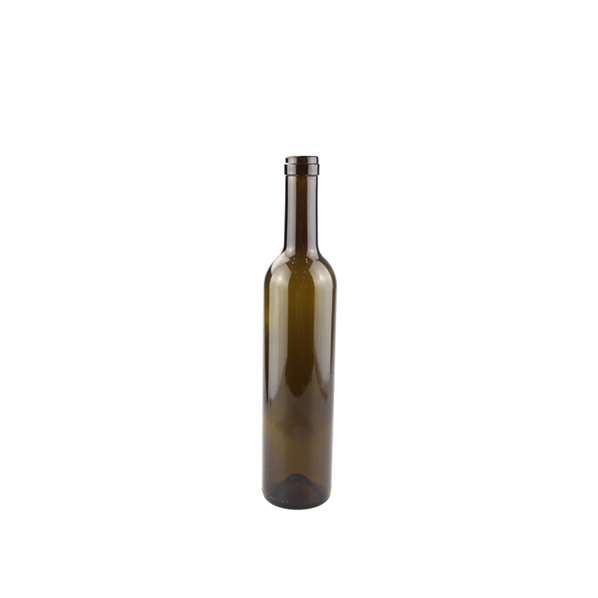When it comes to preserving the delicate flavors of your favorite wine, the bottle you choose plays a starring role. But does a thick wine glass bottle outshine a slim one, or is minimalism the secret to freshness? From insulation capabilities to oxidation risks, the debate between thick and thin glass bottles is more nuanced than you might think. In this deep dive, we’ll unpack how bottle thickness impacts your wine’s flavor, durability, and overall experience—and help you decide which style deserves a spot in your collection.

Wine is a diva. Light, temperature swings, and even air exposure can turn a vibrant Pinot Noir into a flat, lifeless drink. While factors like cork quality and storage conditions matter, the wine glass bottle itself is the first line of defense. Thicker glass often signals premium quality, but thin bottles have their perks too. Let’s break down the science:
Thick wine glass bottles are the heavyweight champions of wine preservation. Here’s why sommeliers and collectors often lean toward them:
Thick glass’s insulating power isn’t just hype. A study by the University of Bordeaux found that wines stored in thick-walled bottles maintained a 5–7°F temperature difference compared to thin bottles in fluctuating environments. For delicate whites like Riesling or sparkling wines, this can mean the difference between zesty acidity and a flabby mess.
Wines meant to age (like Barolo or Bordeaux) rely on thick glass to protect against oxidation and external pressure. The rigidity of thick glass prevents the bottle from expanding or contracting with temperature changes, which can weaken seals over time.
Let’s be real: A heavy bottle feels luxurious. Brands like Dom Pérignon or Opus One use thick glass to signal quality, knowing that consumers associate weight with value. This psychological boost can even influence how we perceive the wine’s taste.
Most thick bottles use darker tints or coatings to block light. For example, Port wines are famously bottled in thick, opaque glass to shield against decades of storage.
Drawbacks of Thick Bottles:
Don’t write off slim bottles just yet. Thin wine glass bottles have carved a niche in modern wine culture, especially for everyday wines and eco-conscious brands:
Thin glass cools down quicker in the fridge or ice bucket—perfect for crisp rosés or Sauvignon Blancs meant to be drunk young. No one wants to wait an hour for their summer sipper to chill!
Thin glass uses up to 20% less material, reducing carbon footprints. Brands like Tablas Creek and Bonterra Organic use lightweight bottles to align with sustainability goals.
Lower production costs mean savings for both wineries and consumers. Thin bottles dominate the under-$20 market, making quality wine more accessible.
Sleek, minimalist thin bottles appeal to younger drinkers and fit seamlessly into trendy wine fridges or small kitchens.
Drawbacks of Thin Bottles:
The answer? It depends on your wine’s personality:
The thick vs. thin debate is evolving with new tech:
No matter your bottle choice:
A thick wine glass bottle is your best bet for aging premium wines or battling unpredictable storage conditions. But thin bottles shine for everyday use, eco-friendly goals, and quick-chilling convenience. Your wine’s flavor isn’t just about the bottle—it’s about how you use it.
Thick vs. Thin Wine Glass Bottle: Which Type Saves Your Wine’s Flavor?
When preserving your wine’s flavor, the battle between thick and thin wine glass bottles boils down to your priorities. Thick bottles offer armor-like protection for aging gems, while thin ones keep things light, affordable, and green. Choose wisely, and your wine will thank you with every sip.